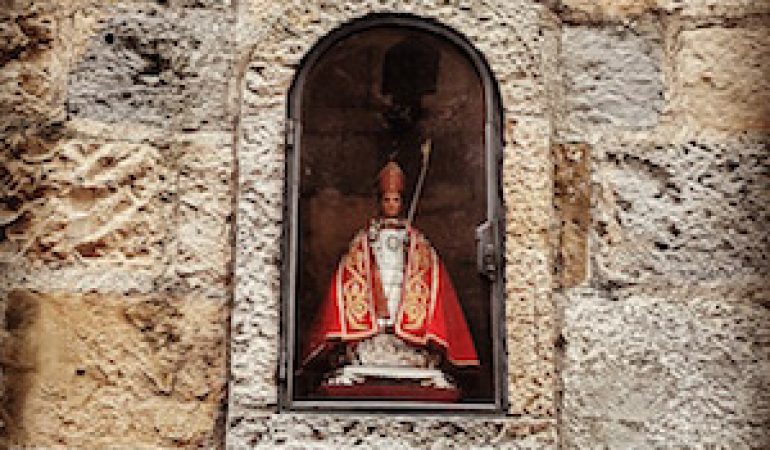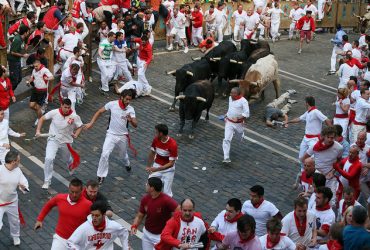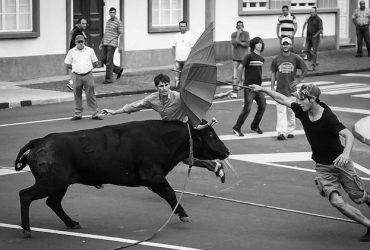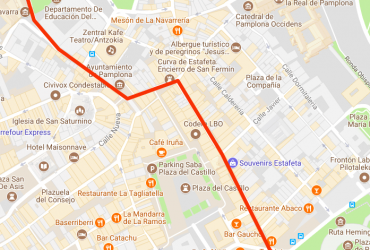Who Was San Fermin?
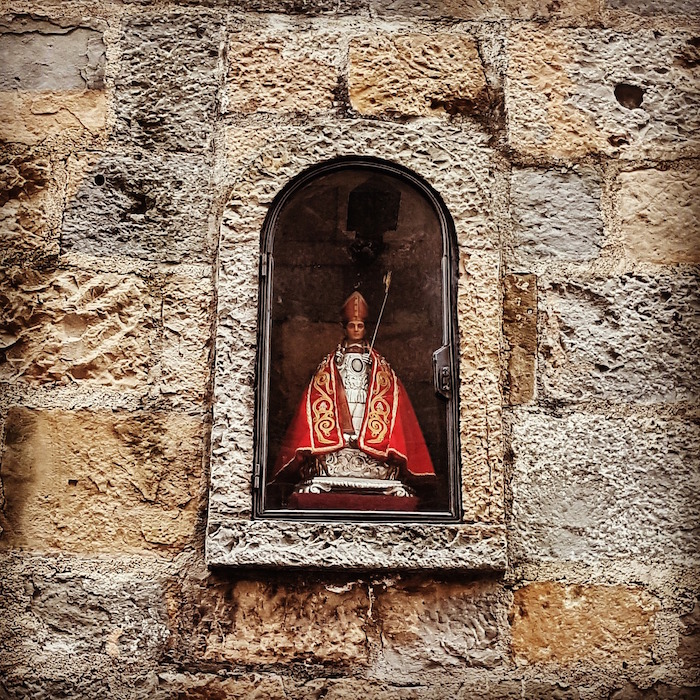
Saint Fermin, or San Fermín in Spanish, is the patron saint of the city of Pamplona, Spain and of the wider Spanish region of Navarra. Today he is honored and celebrated for his service to the early Christian church and his martyrdom for preaching the gospel in France. He also serves as the namesake for one of the most well known festivals in Spain, San Fermines, which plays host to the world-famous Running of the Bulls every day during the eight days of the annual festival.
San Fermin was born in the late 3rd century AD and was the son of a Roman official in the western Roman province of Hispania near Pamplona. Early in his life, Fermin converted to Christianity and moved to the area of modern day Toulouse in southern France to study his newly adopted religion. He soon joined the priesthood and rose through the ranks, eventually becoming a bishop and returning to Pamplona.
In about 303 AD, Fermin traveled to the area of Amiens in southern France to continue evangelizing the still-new Christian faith to local Roman subjects. However, the heathens of Amiens were having none of it and decided to kill the gospel-spreading (i.e., trouble-making) “Bishop.” Fermin was beheaded in Amiens on September 25th, 303 AD.
Some legends about San Fermin say that after he was beheaded his headless corpse was dragged through the streets of Amiens by a pack of bulls and that this is the act from whence both the traditions of bullfighting and the Running of the Bulls originated. However, this is most likely a misappropriated story and it was more likely Fermin’s mentor in Toulouse, Saint Saturnin, who was actually martyred by being tied to a bull and dragged through the town until he died.
Similarly, bullfighting pre-dates both of these men and in some forms even the Roman empire itself. (For more on the origins of bullfighting see the related article entitled Bullfighting: Traditions, Ethics, and Surprises.) But that has not stopped the connection to bulls – both running from them and facing them down to fight them – from being merged with the traditions and celebrations that continue to take place every year in honor of San Fermin.
